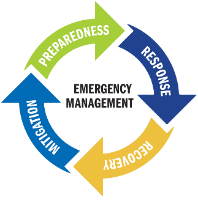
Emergency management – often referred to as disaster management – is the framework for which companies, communities, and organizations respond to natural and manmade disasters and acts of terrorism. Emergency management is focused on mitigating the risks, preparing for possible catastrophes and disasters, responding to threats or actual disasters, and recovering from disaster.
For emergency management to be effective, plans and contingencies at all levels must be thought-out, well-established and practiced. Successful emergency management must be collaborative, comprehensive, coordinated, flexible, integrated, professional, progressive and risk-driven.
The leading federal department that handles emergency management in the U.S. is the Federal Emergency Management Agency (FEMA), part of the Department of Homeland Security (DHS). FEMA’s role is to coordinate the response to a disaster that has overwhelmed the the State or Local government’s response.
How it Works:
When a local government, such as a city, is hit by an earthquake that levels several critical buildings, destroyed roads, cut off power supply, ruptured gas lines, and injured or killed hundreds of civilians, the local government will deploy first responders (fire fighters, police officers, CERT volunteers, communities and agencies) and their respective resources, the local government is taking action to respond to the disaster incident. When the impact is too severe that hospital beds, rescue equipment, relief aid, etc. aren’t enough or has been severely hampered (due to destroyed roads) and local funding and resources are not enough, they may reach out to neighboring jurisdictions or reach out t the State governor. If the State governor, after assessing the damages, damage costs, shortage of critical personnel, or has any other viable reason that the state is overwhelmed by the disaster incident, the governor or State FEMA representative, may call for a ‘state of emergency’ or a disaster declaration to the President and to FEMA. The President may convene with congress for the release of federal funding held in FEMA, to assist the overwhelmed community(s). The President may also call for a Presidential Disaster Declaration, in which Congress need not be involved to release funds or when the President decides a ‘state of emergency’ in the absence of the Governor’s request. These funds and resources are coordinated with public and private agencies to assist the impacted communities.
While most responses to and recoveries from disasters are handled at the local level and beyond, communities, non-profits, businesses, and other organizations are vital to its success. Every single individual has a responsibility in emergency management. If you have a family, a house, a business, or any other possession of great value, your role is to protect it and if damaged, to repair or replace it. Because once it is gone, its gone!
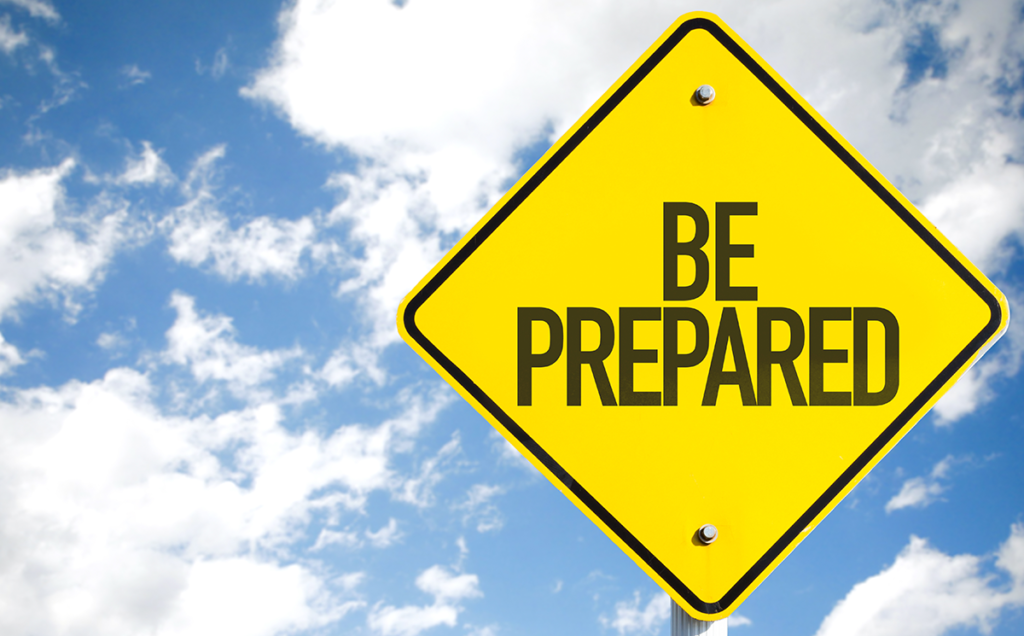
Preparedness
Preparedness covers prevention and protection core areas. Prevention is to prevent, avoid or stop an imminent, threatened or actual act of terrorism, natural disaster, or technological or man-made disaster. Protection is to protect all people, critical infrastructure, natural environment, and way of life from all threats and hazards.
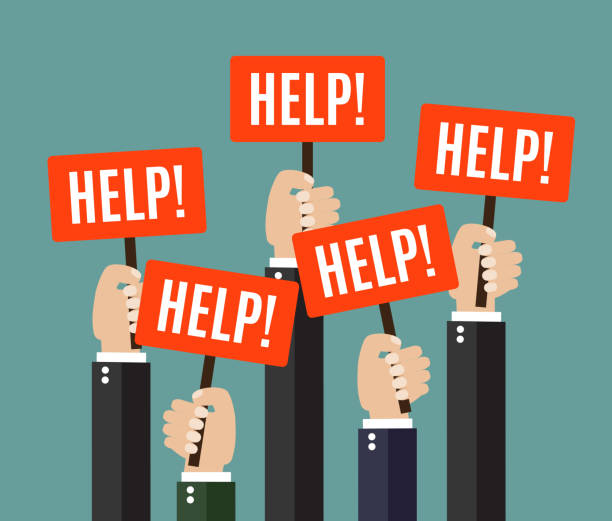
Response
Respond quickly to save lives, protect property and the environment, and meet basic human needs in the aftermath of a catastrophic incident.
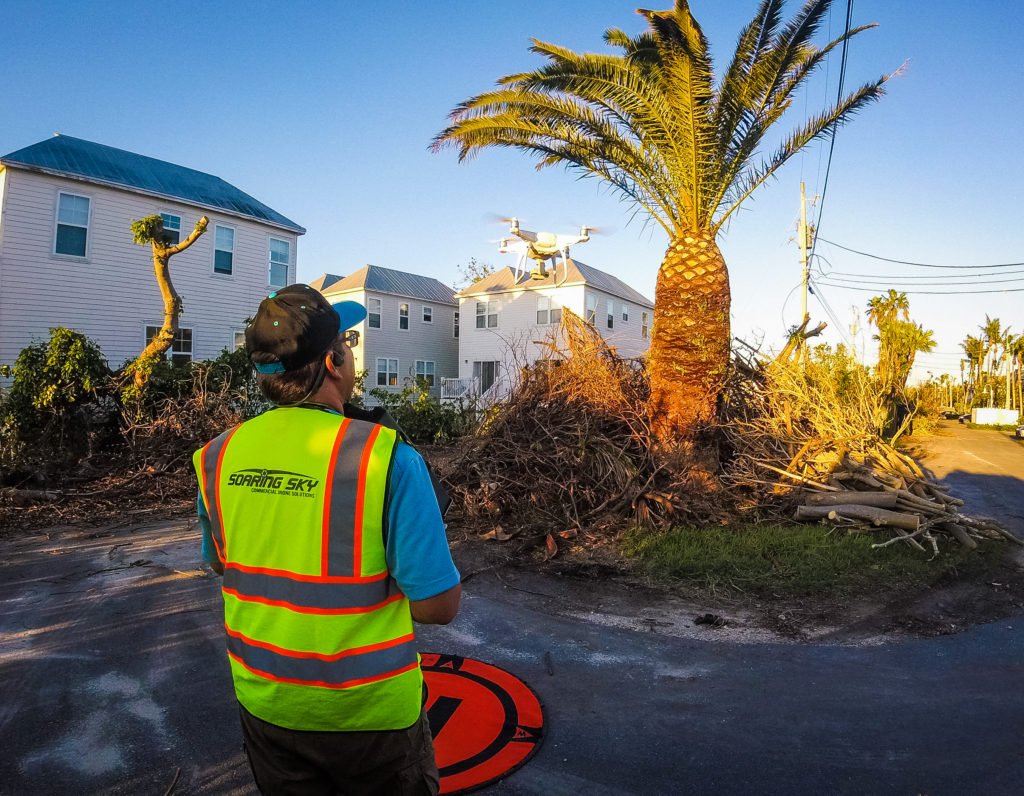
Recovery
Preparedness covers prevention and protection core areas. Prevention is to prevent, avoid or stop an imminent, threatened or actual act of terrorism, natural disaster, or technological or man-made disaster. Protection is to protect all people, critical infrastructure, natural environment, and way of life from all threats and hazards.
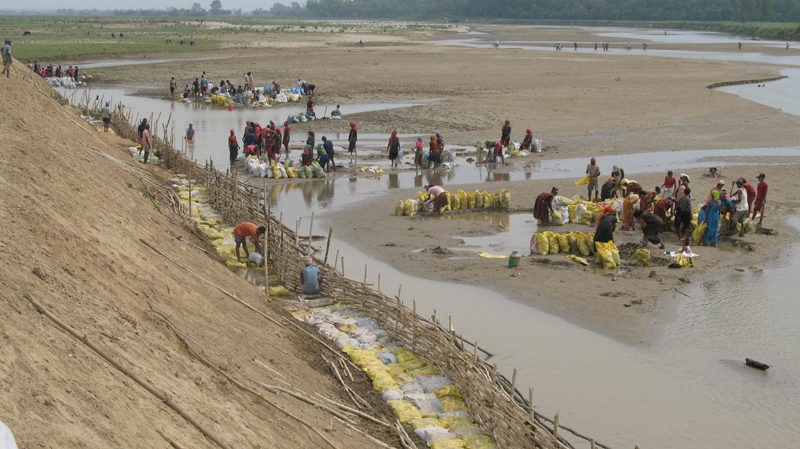
Mitigation
Reduce the loss of life and property by lessening the impact of future disasters.
